Abstract
In 2022, in celebration of the 20th anniversary of the Korean Society for Pediatric Neuron-Oncology (KSPNO), a commemorative meeting was held with former and current members. At the meeting, there was a special lecture for the retrospect of the Emeritus Professor Thad Ghim, one of the founders and the 1st president (2002–2003) of KSPNO. He celebrated the history and development of the KSPNO, along with the vision of our society. Especially he appreciated the efforts and endeavors of our senior members. In 2001, we started as “Korean Pediatric Neuro-Oncological Study Group.” The next year, we changed our name to “Korean Society for Pediatric Neuro-Oncology (KSPNO).” KSPNO emphasized the multidisciplinary approach to patient care. These efforts were strengthened by “The National Cancer Moonshot Initiative” since 2005. Now our society goes forward together with “National Cancer Treatment Guideline Project and Childhood Cancer and Rare Disease Control Group Project.” After all, we do not exist for ourselves, but for our sick children.
Today, Korea is suffering from a shortage of pediatricians due to the demographic crisis. In addition, as the centralization to the large cities continues, the scarcity of pediatric neuro-oncologists is deepening.
In 2022, in celebration of the 20th anniversary of the Korean Society for Pediatric Neuro-Oncology (KSPNO), a commemorative meeting was held with former and current members. At the meeting, there was a special lecture from Emeritus Professor Thad Ghim, one of the founders and the 1st president (2002–2003) of KSPNO. He celebrated the history and development of the KSPNO, along with the vision of our society. Dedicated to the efforts and endeavors of our senior members, I would like to summarize the path KSPNO has walked and present our future goals.
Around the 1980s, there were many sporadic trials for individual or multidisciplinary approaches to oncology treatment, especially in pediatric neuro-oncology patients in each leading institute in Korea (Fig. 1). For these trials, many collaborators from pediatrics, neurosurgeons, radition-oncologists, pathologists, neurologists, and radiologists work together.
In 1997, Dr. Thad Ghim who was working at Emory University in the United States, returned to Seoul Asan Medical Center to take care of pediatric hemato-oncologic patients. He was privately frustrated by the lack of multidisciplinary approach to patient care, particularly in pediatric neuro-oncology in his clinic. Therefore, he decided to start the multidisciplinary clinic at the Seoul Asan Medical Center.
As mentioned earlier, there were also these demands in other institutes. To meet these needs, the Korean Pediatric Neuro-Oncological Study Group was formed in March 1999. As a result of this efforts, the 1st Pediatric Neuro-Oncological Symposium (Fig. 2) was held with specialists from various fields, including pediatric oncologists, pediatric neurosurgeons, pediatric therapeutic oncologists, neuropathologists, and pediatric neurologists in October 1999. At the symposium, they discussed the recent advances and empathized the necessity of multicenter studies.
Motivated by these efforts, on February 16, 2001, the official Korean Pediatric Neuro-Oncological Study Group of promoters was held with 24 members (Supplementary Material in the online-only Data Supplement), following the inaugural meeting of the official Korean Pediatric Neuro-Oncological Study Group on June 1, 2002, at Seoul Asan Medical Center (Figs. 3 and 4). Most of the promoters served as pivotal executives and presidents of the society (Supplementary Fig. 1 in the online-only Data Supplement). At the meeting, the general concept and the recent trends of pediatric neuro-oncology were discussed. Dr. Thad Ghim was appointed as the 1st president. At the time, the name of the society was “Korean Pediatric Neuro-Oncological Study Group.” In September of the same year, the 1st Workshop on Treatment Protocol and Registry of the Pediatric Neuro-Oncology was held. At the 2nd general meeting in June 2003, we changed our name to “Korean Society for Pediatric Neuro-Oncology.” Since then, we have been holding regular academic conferences and symposiums.
In the academic conferences (Fig. 5), several world-famous scholars, including Dr. Larry Kun (St Jude Children’s Hospital, Memphis, TN, USA), Dr. Ching C. Lau (Baylor College of Medicine, TX, USA), and Dr. Mark Kieran (Harvard Medical School, Boston, MA, USA) were invited. Their lectures gave the members new insights. Meanwhile, some invited lecturers (especially Dr. Larry Kun) were amazed by the harmonious and cooperative atmosphere of the society, despite it being a multidisciplinary academic society. He mentioned that he had never experienced such warm atmosphere in other countries.
The National Cancer Moonshot Initiative, which started in 2005, was a very important moment for our society. Many new protocols for different tumors, including medulloblastoma, pediatric glioma, germ cell tumor, and ependymoma were developed at that time. For this project, the society organized several committees for medulloblastoma, glioma, infant, ependymoma, autologous bone marrow transplantation, and basic pathology and outcome. As mentioned earlier, these committees could not have been accomplished without the background of the efforts of each institute since the 1980s. We can know these efforts from the program of the Workshop for “Multi-institutional Study in KSPNO” in 2005 (Fig. 6). Many participants came from nationwide institutes. These committees became the foundation of the research subgroups in our Society. To these days, these organizations maintain.
The protocols (Fig. 7) not only included the treatment guideline but also included the endocrine evaluation (Fig. 8) and neurocognitive function assessment. Although such effort did not help us financially, it gave us the opportunity for multidisciplinary cooperation.
In 2011, the guidelines for Autologous Stem Cell Rescue for Infant and Young Children with Newly Diagnosed primitive neuroectodermal tumor and atypical teratoid/rhabdoid tumor were amended. Lastly, the protocols were revised in 2016.
Regular meetings and workshops have been very important for KSPNO. Interestingly in 2009, we held the joint meeting with the Korean Cancer Association.
In 2009, we first opened our own homepage for communication. After some changes, our current homepage is www.kspno.or.kr.
In addition, the “A-HAE” research award was found with the financial support from Dr. Thad Ghim in 2008. “A-HAE” is another name for Dr. Ghim and it is an old Korean word for “children.” This research award is given to excellent research dedicated to increasing “survival and quality of life” in pediatric neuro-oncologic patients. Even today, the “A-HAE” research award maintains.
Also in 2010, we held the joint meeting for the 7th Asian Society for Neuro-Oncology in Seoul with “Korean Brain Tumor Society” and “Chinese–Korean Neuro-Oncology Meeting.” At that time, we introduced our KSPNO activities and KSPNO–Germ Cell Tumors Protocol.
In 2022, even during the period of quarantine due to coronavirus disease, in celebration of the 20th anniversary (Fig. 9), the 21st regular meeting was held with many present and former members. At that time, we commemorated the past and retrospect of our society with the memorial lecture by Dr. Thad Ghim. In addition, we prospected our future and development with the lecture by Dr. Se Hoon Kim.
Now our society has two main goals. The first is the National Cancer Treatment Guideline Project, sponsored by National Cancer Center. It is a voluntary project in standardizing evidence-based cancer treatment. Although the contract (Fig. 10) was made in 2021, the actual process started in 2022. Our society chose two main tumors: medulloblastoma and germ cell tumor. Our society established a task-force committee for this project. The committee consists of five subgroups (Neurosurgery, Pathology, Pediatrics, Radiology, and Radiation Oncology). Dr. Hyeon Jin Park (pediatrician, National Cancer Center) was appointed as the chair of this committee. This project made us review the fundamental knowledge of medulloblastoma from diverse views. We hope that it will become another motivator to our society. It is still in progress.
The other important motivator is the Childhood Cancer and Rare Disease Control Group Project (Fig. 11). In 2021, this project was first initiated with the donation (300 billion KRW) to Seoul National University Children’s Hospital from the late chairman of Samsung Group, Kun-hee Lee. In the next decade, our goal is to save young patients suffering from cancer and rare childhood disease in Korea. Furthermore, the bereaved families hope that the research system for new drug development will be established to the lever of other advanced countries.
Now the cancer research group has launched the treatment and research support system. Many society members have participated in these projects. In fact, we believe that these two projects will greatly inspire our society.
Meanwhile, our official academic journal is titled, “Brain Tumor
Research and Treatment” (BTRT: www.btrt.org), and it is published with the collaboration of the Korean Brain Tumor Society, The Korean Society for Neuro-Oncology, and our society. The current associated editor from KSPNO is Dr. Hyoung Soo Choi (pediatrician, Seoul National University Bundang Hospital).
Our society is small and has many weaknesses. However, it came this far with the help of our members and leaders. There was a time when existence and maintenance were our only goals. However, we firmly believe, “It’s weak at first, but it’ll be great later.” After all, we do not exist for ourselves, but for our sick children.
Acknowledgments
The author writes this manuscript based on the retrospective lecture of Dr. Thad Ghim, who is Emeritus Professor, Emory University, Atlanta, GA, USA and was a promoter and the 1st President (2002–2003) of Korean Society for Pediatric Neuro-Oncology. In addition, the author owes a great debt to Professor Hyeon Jin Park’s Presentation (History of KSPNO, 2013).
The author expresses his gratitude to the not mentioned seniors, present members and executives of the KSPNO. Without their efforts, we could not have existed.
Notes
*Mainly based on the retrospect of Dr. Thad Ghim, who is the 1st President of Korean Society for Pediatric Neuro-Oncology.
Availability of Data and Material
Data sharing not applicable to this article as no datasets were generated or analyzed during the study.
Supplementary Materials
The online-only Data Supplement is available with this article at https://doi.org/10.14791/btrt.2023.0018.




 PDF
PDF Citation
Citation Print
Print



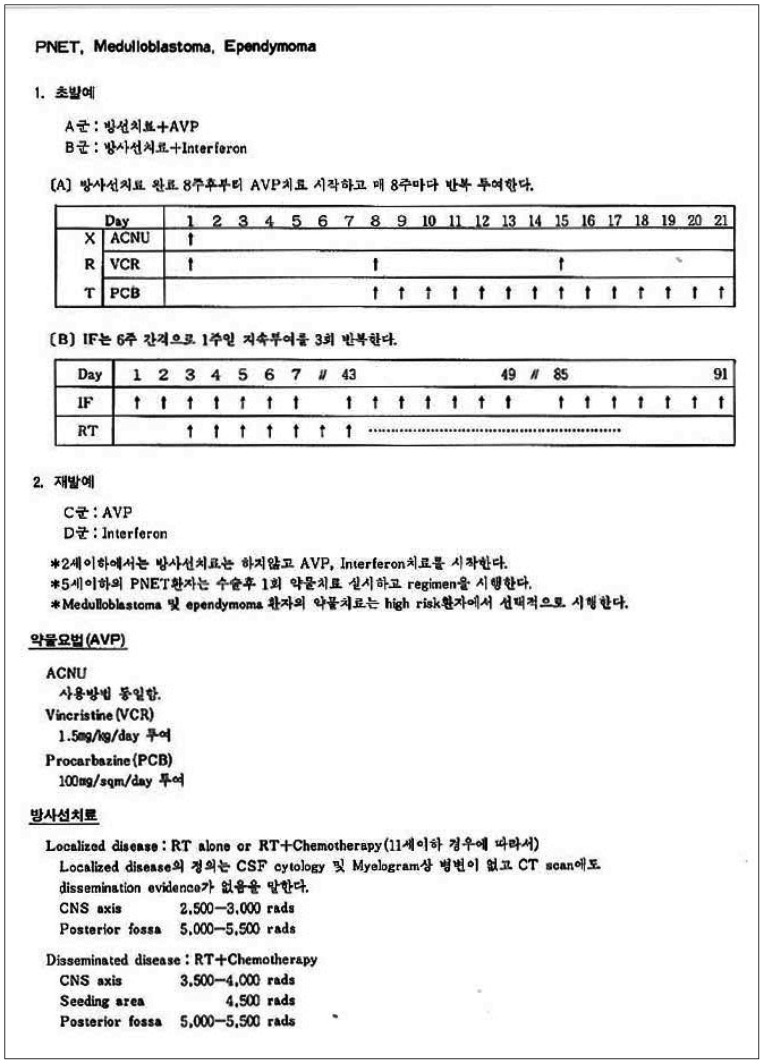


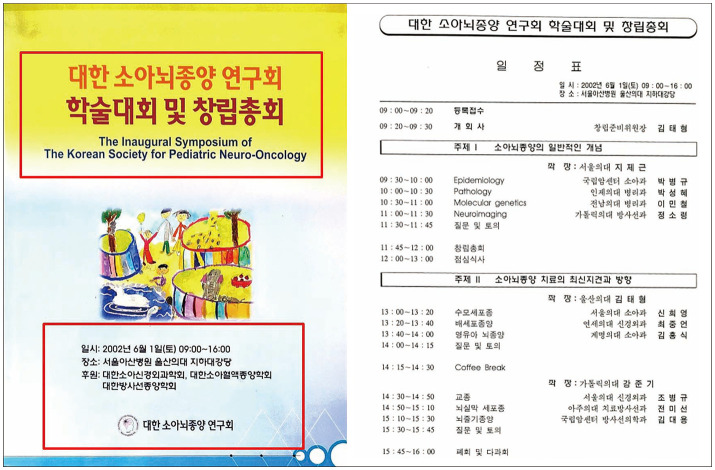
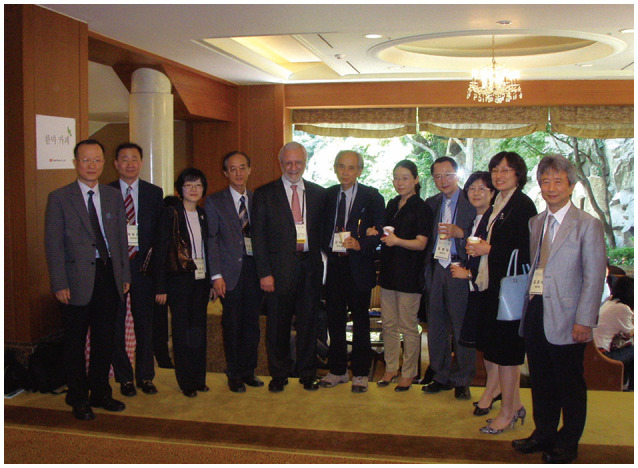
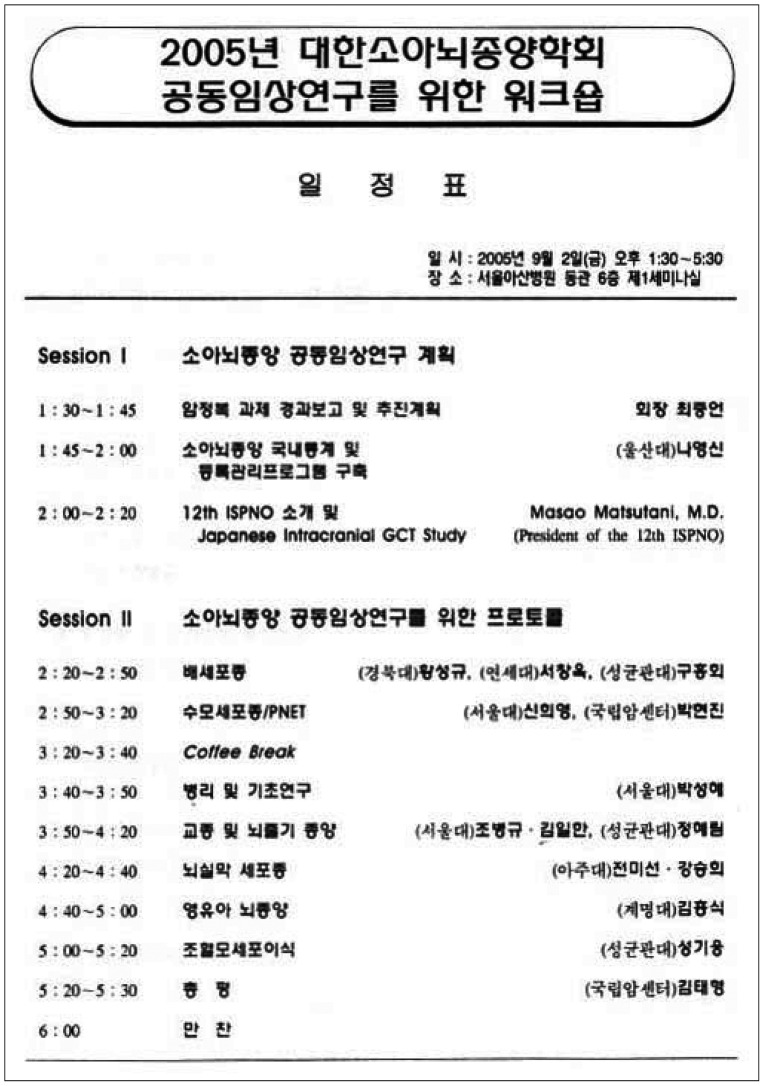
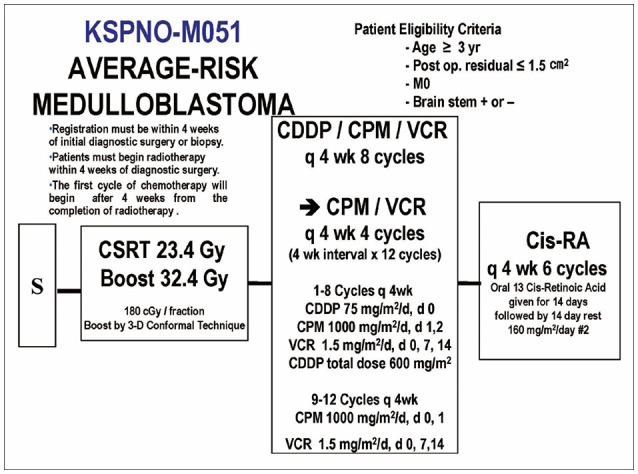

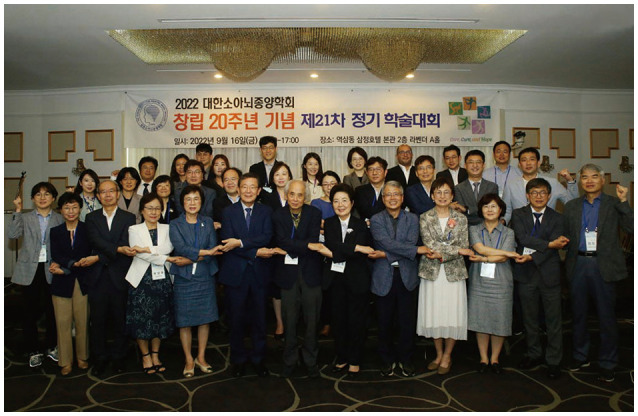
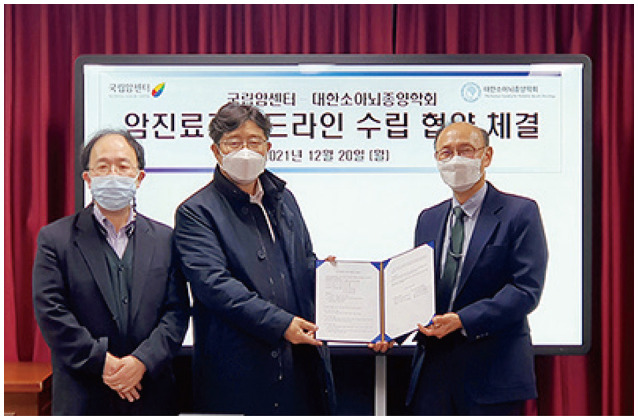
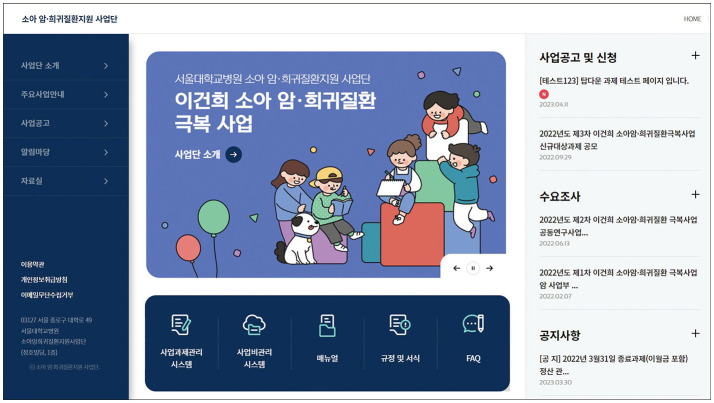
 XML Download
XML Download